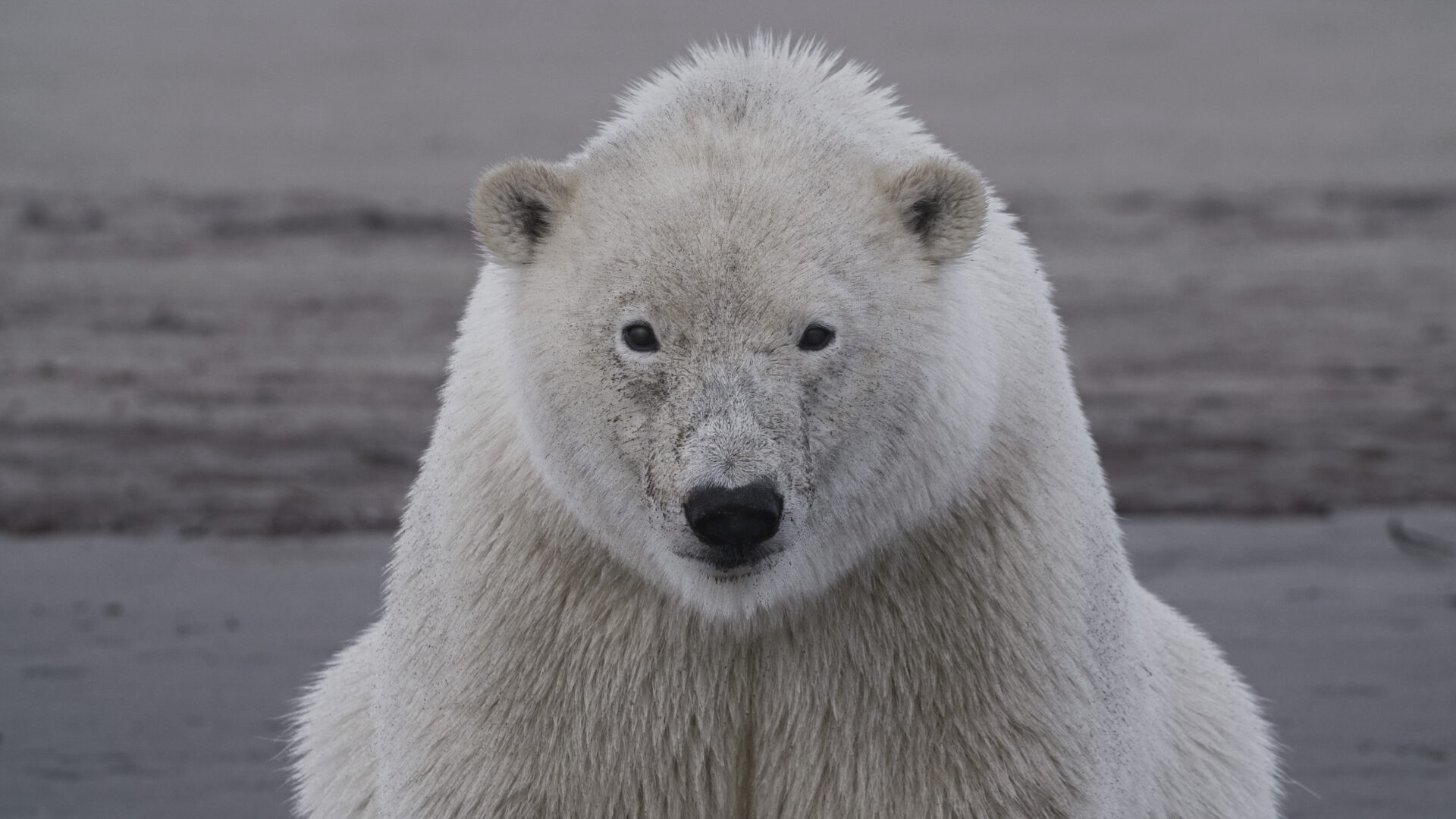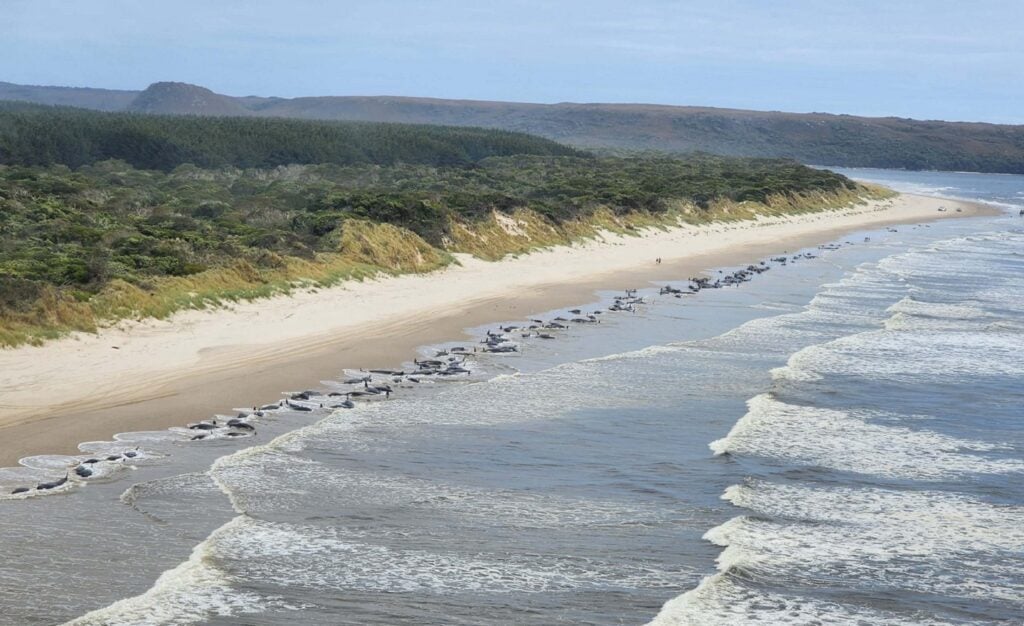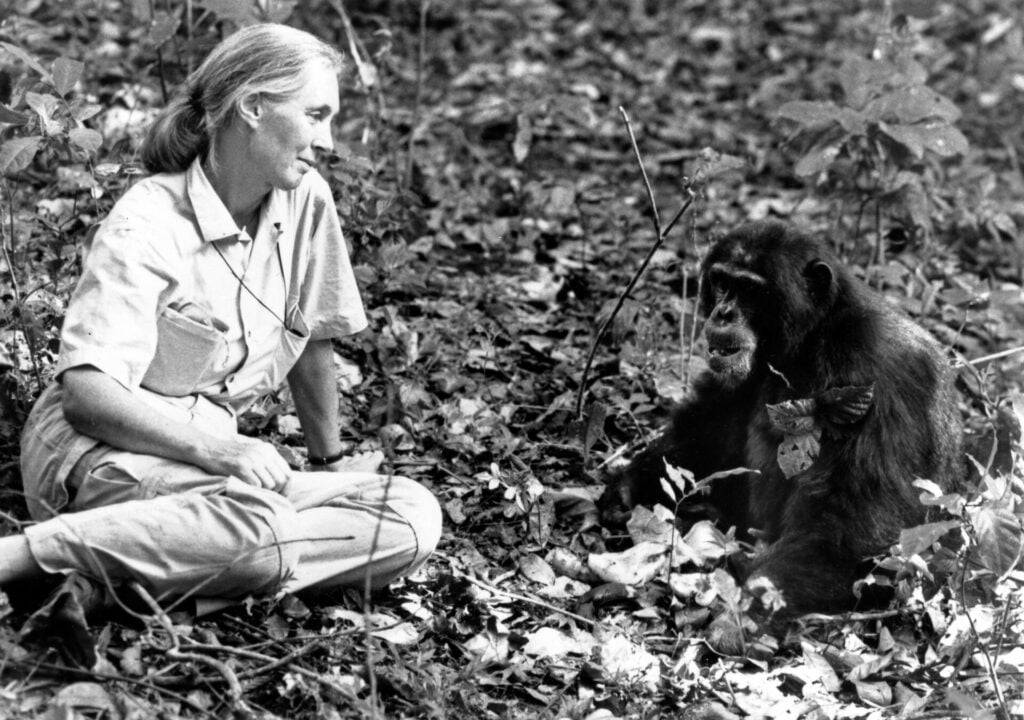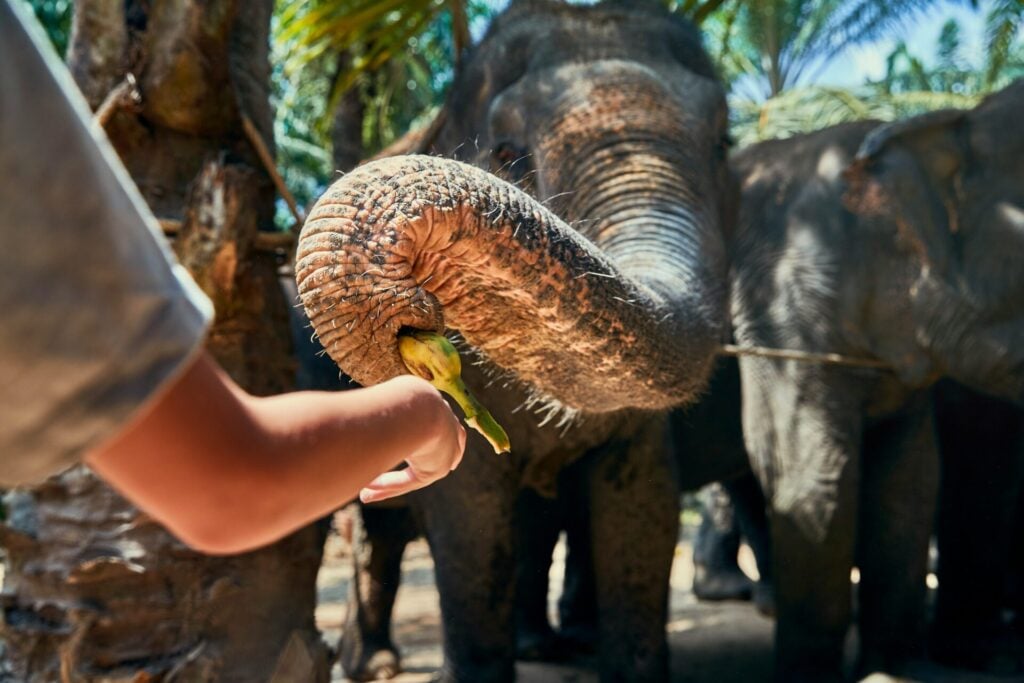Australian filmmaker Abraham Joffe has spent more than two decades documenting the beauty and brutality of the natural world. From the polar ice to the Southern Ocean and the deserts of Australia, his work has taken him to the edges of the planet where wildlife is vulnerable and the truth is often hidden in plain sight. Now, with his explosive new documentary Trade Secret, Abraham is exposing a disturbing global trade most people don’t even know exists: the legal commerce in polar bear skins.
The idea for the film began with a moment that should have been pure wonder, when Abraham saw his first polar bear in 2012, on an expedition to the High Arctic.
‘It was unforgettable,’ he tells The Ethicalist. ‘Out in the middle of the ocean, a hundred miles from shore, we saw this bear walking across the sea ice… it wandered around our ship. It was a life-changing moment.’
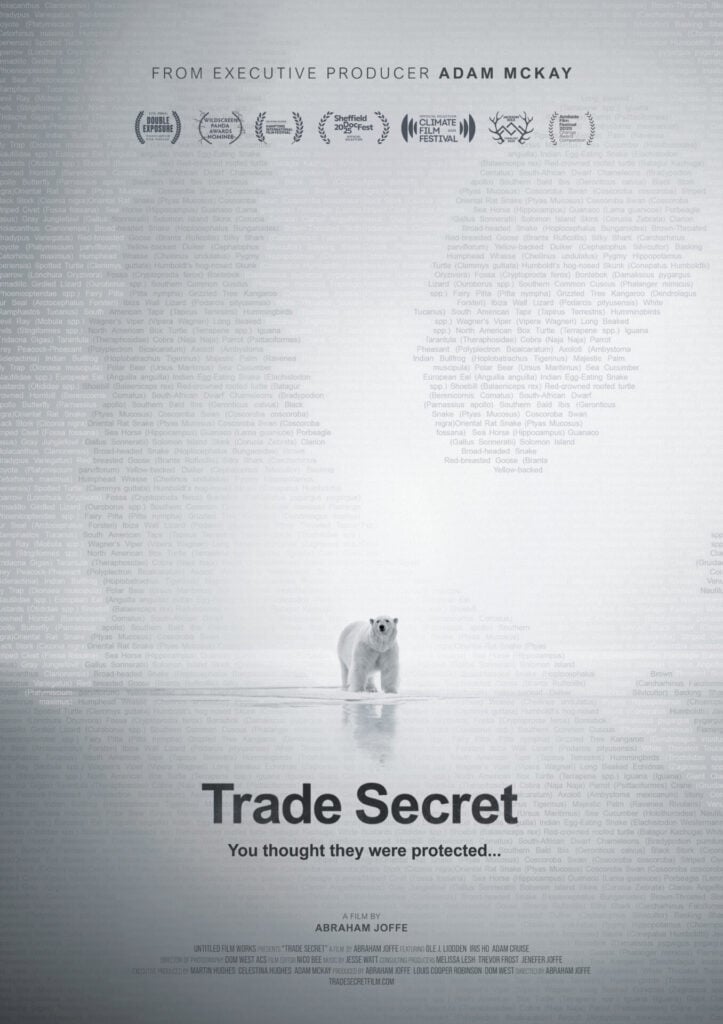
But it was what he learned later that stunned him: that polar bears, the global icon of the climate crisis, are still legally traded on the international market.
‘On that same trip I learned that if you had enough money, you could trophy-hunt a polar bear or buy one as a skin,’ Abraham shares. ‘I was stunned. I’d always thought of them as protected – certainly vulnerable – and suddenly here was this animal, the global symbol of the climate crisis, being traded legally. To discover that its survival was threatened not just by melting ice but by commerce, felt unbelievable.’
‘I’d spent years in conservation and wildlife filmmaking, and yet I had no idea this trade even existed. If I didn’t know, then surely most of the world didn’t either.’
Polar bears are already buckling under the pressure of a rapidly warming Arctic. As sea ice melts earlier each year, bears must travel further to hunt seals burning vital energy, returning to their dens thinner and weaker, and raising fewer cubs. Some populations are already showing signs of decline. Today the global population is estimated at just 22,000–31,000 bears with their numbers projected to decline by 30 per cent by 2050.

And yet, Canada remains the only country in the world that still allows the commercial hunting of polar bears long after Russia, Greenland, the US and Norway ended the practice. Between 2002 and 2021, more than 4,000 hides were exported, many destined for China, where they are purchased for luxury clothing and home decor such as rugs. In peak years, 300–400 skins left Canada annually; even now, around 150 hides enter international trade each year. In parts of Asia, a single high-quality hide can fetch tens of thousands of dollars.
Adding to the contradiction, commercial hunting packages continue to be marketed in Canada, where trophy hunters can pay upwards of US $40,000 for a guided polar bear hunt in the Arctic.
For Abraham, the discrepancy of a vulnerable species still being legally commodified, became the spark for Trade Secret.
‘I’d spent years in conservation and wildlife filmmaking, and yet I had no idea this trade even existed,’ he says. ‘I knew there was a story to be told here. If I didn’t know, then surely most of the world didn’t either.’
Abraham soon teamed up with Norwegian photographer Ole Liodden, who had spent years tracing the supply chain of the polar bear fur trade, uncovering the real numbers behind the legal killing.

‘I knew straight away he was the right person to follow,’ Abraham says. ‘And that meeting marked the beginning of what would become a multi-year journey to tell this story.’
Inside a Trade the World Wasn’t Meant to See
Filmed over six years, their investigation into a trade hidden behind bureaucracy, loopholes and the surprisingly murky workings of global wildlife law saw them travel across Arctic communities, shipping routes, auction rooms, taxidermy warehouses, and the international body responsible for regulating the trade CITES.
‘When I attended my first CITES COP in 2019, I went assuming it was a conservation summit’ he explains. ‘I quickly realised that it’s actually centered on trade – “sustainable trade,” as they call it – but trade nonetheless.’
‘This year Norway enacted the strictest regulations on polar bear sightseeing anywhere – you can’t come within half a kilometer of a bear – and yet it remains legal to import and export their skins. I find that a very surprising dichotomy’
What stunned him even more were the countries involved and that Norway – a nation that protects its own polar bears and bans close-range viewing – isthe world’s second-largest importer of polar bear skins.
‘Norway has protected polar bears since 1973… yet it’s the second largest importer of polar bear skins in the world. In fact, this year Norway enacted the strictest regulations on polar bear sightseeing anywhere – you can’t come within half a kilometer of a bear – and yet it remains legal to import and export their skins. I find that a very surprising dichotomy.’
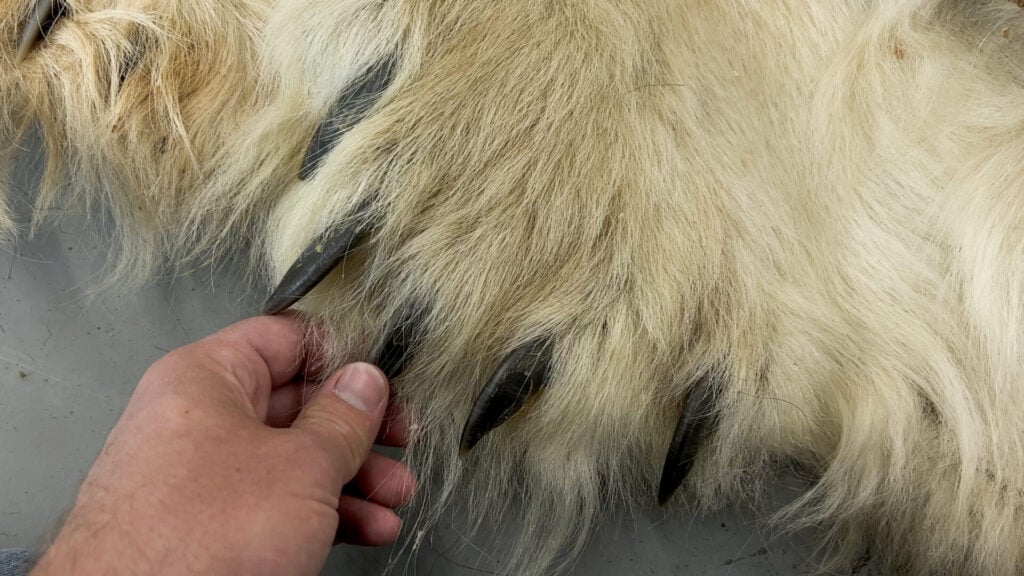
This contradictory global system that allows the trade of an animal already under threat from climate change is the core of Trade Secret. And it’s the reason Abraham believes this story is one of the most important of his career.
‘I think most people will find it shocking that something like CITES even exists, and that there’s a global system designed to regulate the trade in endangered species. Most people assume endangered animals simply aren’t traded – that they’re protected. But in reality, many species we think of as safeguarded, including polar bears, are still legally traded on the international market.’
‘Most people assume endangered animals simply aren’t traded – that they’re protected. But in reality, many species we think of as safeguarded, including polar bears, are still legally traded on the international market’
The filming itself was far from straightforward. For someone who has filmed on coral reefs, glaciers, volcanoes and deserts, Abraham is no stranger to danger. One of his toughest moments came however, while filming Trade Secret, when he and his team were trapped on a remote Arctic coastline for three days after being stranded on a sandbar 60 miles from the nearest town.
They had no food, and melted snow for water while waiting out the weather in bitter cold before being rescued by locals. It was uncomfortable and frightening, but it left him humbled.
‘Those few days were uncomfortable, but they made me reflect on what people have endured in far worse situations,’ he says. ‘We’re so pampered in this modern age that we’ve forgotten how tough life was for most people throughout history. Even a short spell of rough living can remind you how fortunate we are, and how much we take for granted.’
Filming the Wildest Waters on Earth
Before Trade Secret, Abraham spent four and a half years on the Netflix series Our Oceans, documenting the story of the Southern Ocean, the planet’s coldest, most remote and least understood waters. It took him to South Georgia, Antarctica, and the South Sandwich Islands, filming behaviour rarely captured on camera.
Among the most extraordinary sequences was the five-hour hunt between specialist Antarctic killer whales and a lone crabeater seal, a breathtaking 12-minute segment now considered one of the most remarkable wildlife sequences ever recorded.
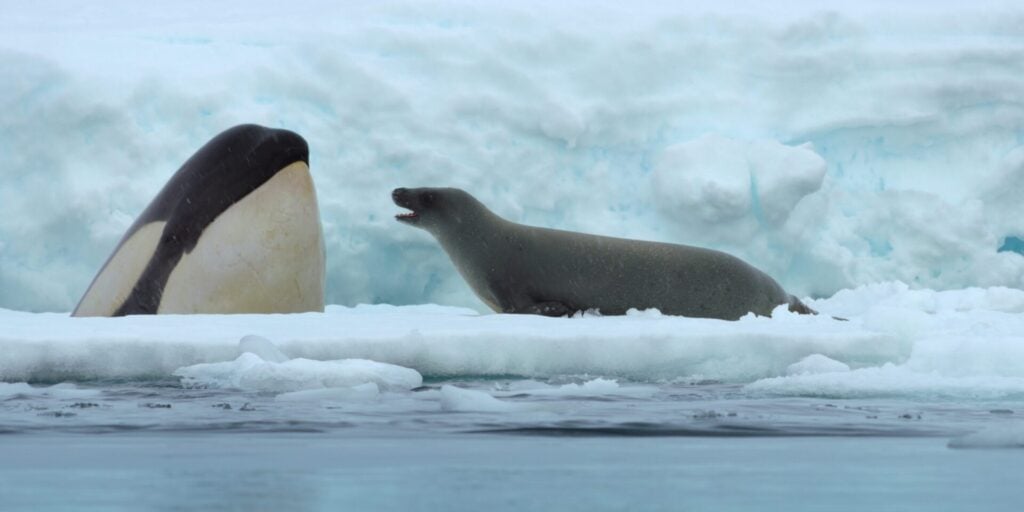
‘What we filmed was one of the most spectacular hunts ever recorded,’ he shares. ‘We knew, even as we filmed it, that what we were witnessing was something truly special – a rare moment in wildlife filmmaking when you realise you’ve captured gold.’
But beneath the beauty was something more urgent. The year the hunt was filmed, Antarctica saw its lowest sea ice in recorded history, a record that has since been broken.
‘To show the direct impact of the climate crisis through these remarkable animals was a great privilege,’ he says. ‘We’re immensely proud of what we created, and we hope Our Oceans continues to inspire people everywhere to protect the world’s oceans. It’s never been more needed.’
Barack Obama, whose production company Higher Ground supports environmental storytelling, narrated the series. While star power helps documentaries reach wider audiences, Abraham is clear that the real goal is reaching people who wouldn’t usually engage with conservation.

‘We can’t just preach to the converted,’ he says. ‘We need to reach the younger generations, audiences shaped by short-form content, who might never sit through a traditional documentary.’
Evolving or risking the loss of an audience who needs to see it the most is a challenge he believes environmental filmmakers must face head-on.
‘As much as we love feature films and long-form storytelling, I think if we truly want to reach the next generations, we need to think carefully about how we adapt. That’s the challenge we face as a filmmaking community: to evolve our storytelling so that it continues to resonate with the world that’s changing around us.’
Trade Secret is not just a film about a species at risk; it’s about the systems that decide what lives and what dies. It’s about a global loophole so vast that one of the world’s most recognisable threatened animals can still be bought, sold, and shipped across borders.
As Trade Secret continues its journey, from winning the Golden Panda to entering conversations for major awards, Abraham is clear that the mission has never been about accolades but about visibility. The film exists to drag an uncomfortable truth into the light: that a species already pushed to its limits by a rapidly warming Arctic is still being hunted, sold, and shipped as part of a global legal trade.
‘Audiences have always wanted access to uncomfortable stories when they’re told with honesty and purpose. Time will tell what Trade Secret’s ultimate journey to viewers will be, but rest assured, we won’t stop until audiences have access to this important story.’
To learn more visit tradesecretfilm.com

